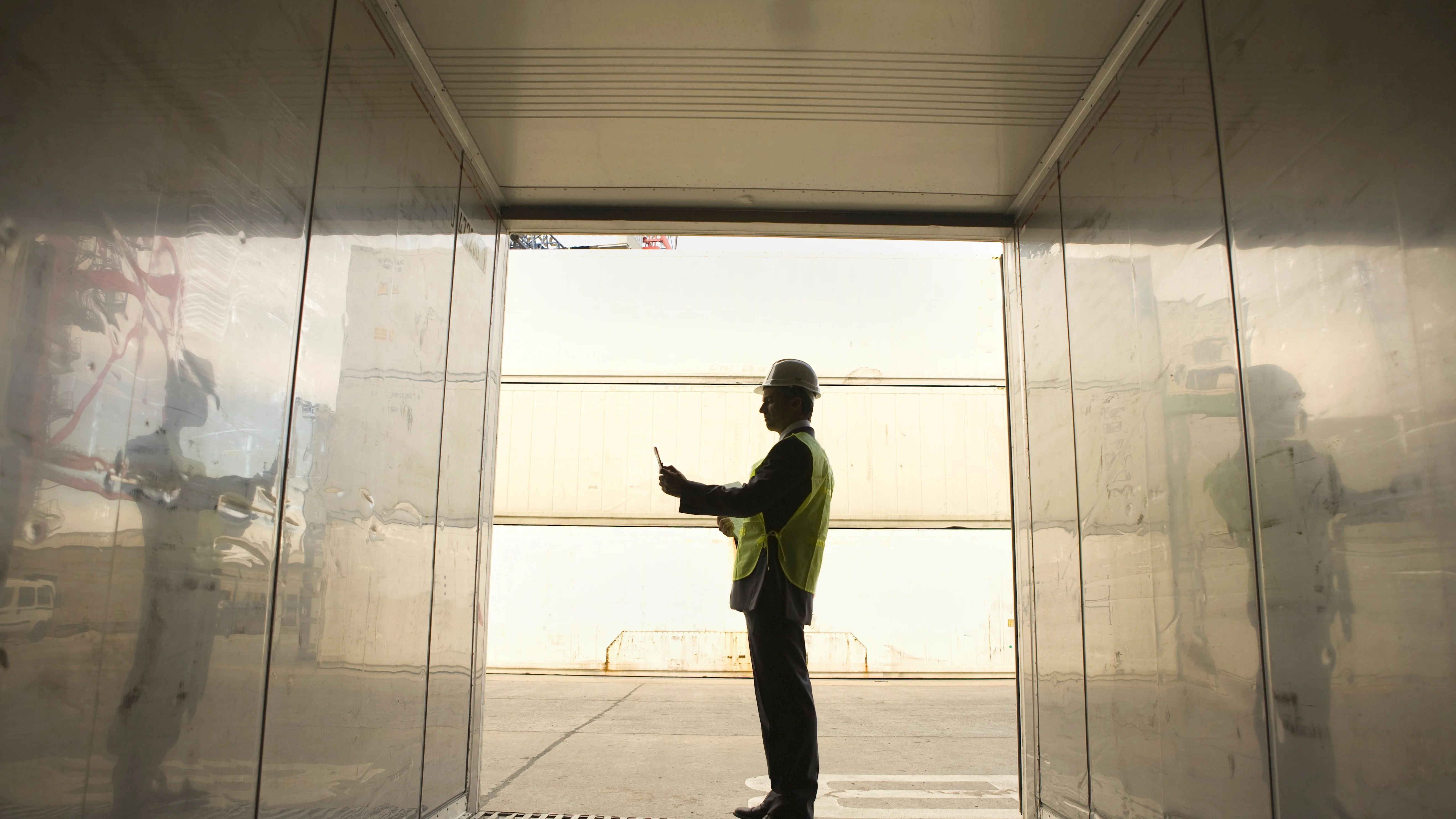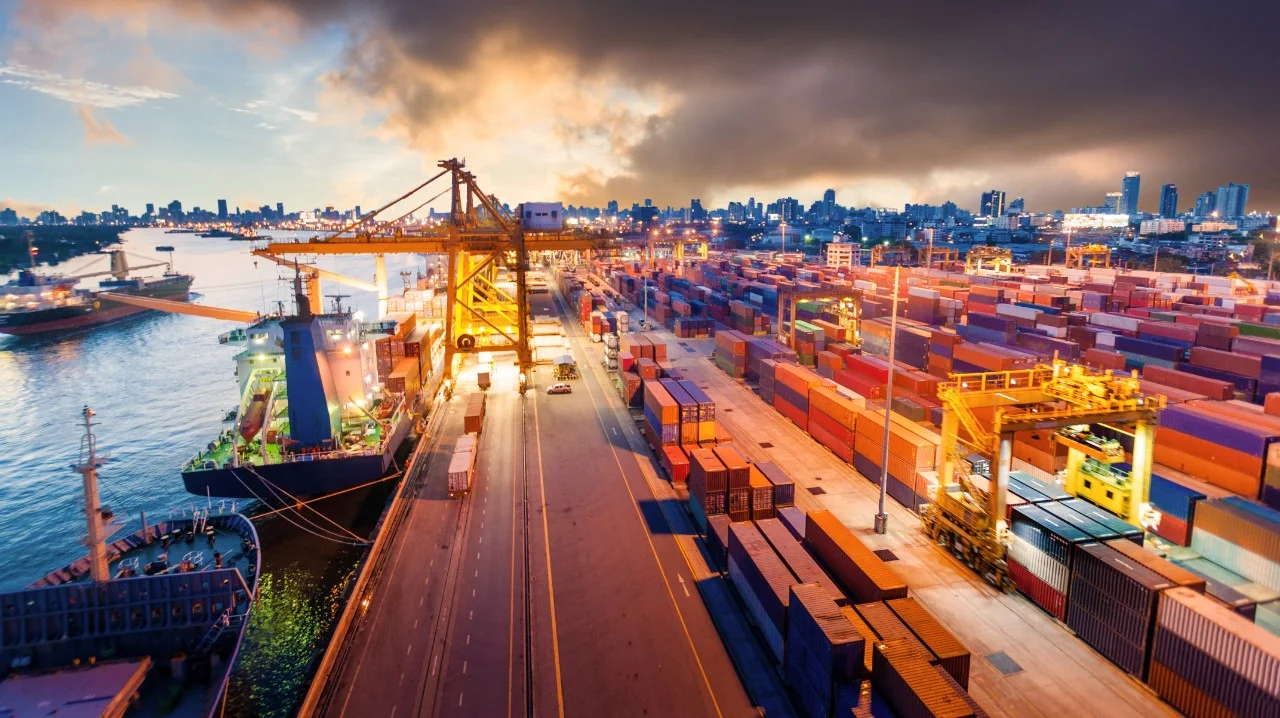properties.trackTitle
properties.trackSubtitle
Executive overview
Global cargo theft breakdown
Top Types of Cargo Theft
- Theft from facility down by 3%
- Hijacking down by 11%
- Theft from container / trailer up by 6%
- Theft of vehicles up by 2%
- Theft from vehicle down by 2%
- Theft using other methods, as a collective, including theft of employee belongings, up by 7%
Top Commodities Stolen in 2022
Comparison against top commodities stolen in 2021
- Food and beverage 0% difference
- Electronics up by 2%
- Agriculture down by 4%
- Automotive up by 3%
- Fuel up by 2%
- Construction materials up by 1%
- Metal up by 2%
- Other products stolen, as a collective, including pharmaceuticals, down by 6%
Top Countries for Cargo Theft

Global cargo theft trends
Other emerging global cargo theft trends include the uptick in thefts of basic goods, like fuel and food. In 2022, the top products stolen globally included food and beverage, electronics, agriculture goods, automotive products, fuel, and construction materials. While food and beverage was the top product stolen in 2020 and 2021, from 2021 to 2022, it increased from 14 percent of recorded incidents to 16 percent of recorded incidents, globally. This is in part due to inflation reaching its highest level in decades for many advanced economies, but it is also likely influenced by significant weather events and rising energy costs triggering global product shortages and spikes in prices for certain goods. In Europe, similar to trends observed globally, rising food and beverage prices made these products more attractive to thieves in 2022. Food and beverage thefts increased significantly between 2021 and 2022, accounting for 11.8 percent of total thefts in 2021 and 14.8 percent of thefts in 2022. This represents nearly a 25 percent increase in the number of recorded food and beverage thefts year over year.
While actual inflation has eased in countries like the United States, the cost of living remains relatively high and the loss of purchasing power for basic goods is relatively significant. For this reason, and other factors like product shortages curtailing the production of new vehicles, crude oil inventories remaining low, and natural disasters leading to increased food prices, we will likely continue to track a large number of thefts of food and beverage products, automotives and truck parts, fuel, agricultural goods, and electronics.
Emerging risks
Technology

Economy

Parallel to these technological and macroeconomic changes, is an uptick in regulations and compliance. We are tracking this with the global movement of corporate behavior towards green legislation, reporting mechanisms, and social compliance initiatives. In general, the obligations of companies in relation to sustainability are increasing. Take for instance, the fact that numerous countries now mandate climate disclosures for certain companies, and in some cases, supply chain auditing to assess the presence of forced labor. In the future, as the world works towards decarbonization and greater supply chain transparency, these obligations are likely to increase.
With the convergence of these multifaceted risks, we can see that the supply chain is vulnerable. This vulnerability spans from technology to the economy, as cyber-attacks exploit an already stressed supply chain and cargo thieves adapt to what’s in high demand and short supply. So, the risk has not changed. Rather, the nature and sophistication of the attacks have changed, and with that a company’s vulnerabilities. This gradual shift in risk topography generates a simultaneous shift in vulnerability topography. Meaning, as risk becomes more agile, so does the vulnerability to it and your company’s approaches to prevent and tackle it.
Looking ahead, organisations can approach this ever-evolving landscape by investing in reassessing your risk exposure to these vulnerabilities.
Mitigation advice

As cargo crime evolves in response to changes in the global economy, supply chains face unprecedented risks in 2023. More than ever, organisations must proactively address these challenges to safeguard their operations. Businesses are urged to take immediate action by reassessing their risk exposure and adopting comprehensive mitigation strategies. Implement background checks, access control policies, security training, and robust incident response plans to counter insider threats. Enhance cybersecurity measures, promote employee education on cyber threats, and regularly evaluate potential weak points. Organisations can protect their supply chains from these evolving risks and ensure the continuity of operations in a rapidly changing landscape. Don't wait; act now to secure your organisation’s future.
Mitigation to counter insider threats
- Conduct background checks on employees/vendors and implement access control policies to limit sensitive access.
- Adopt a policy of least privilege, establish security awareness training, and encourage reporting of suspicious behaviour.
- Regularly monitor/audit supply chain activities, implement whistleblower protection, and enhance technical security controls.
- Facilitate communication and collaboration with suppliers/customers, sharing supply chain security best practices.
- Develop a robust incident response plan addressing insider threats, with procedures to mitigate damage and impact.
Mitigation to counter fictitious pick-up threats
- Implement secure verification for personnel, use tamper-evident seals, and conduct background checks to minimise security risks.
- Employ GPS tracking for shipments, two-factor authentication, and train employees to recognise/report suspicious activities.
- Utilize data analytics and machine learning to detect fraudulent activities and perform regular security audits to identify vulnerabilities.
- Establish a comprehensive incident response plan to address security incidents and maintain supply chain integrity.
- Collaborate with law enforcement, industry associations, and stakeholders for information sharing, best practices, and increased transparency.
Mitigation to counter cyber threats
- Implement multi-layered cybersecurity measures, including firewalls, intrusion detection systems, and regular software updates.
- Educate employees on cyber threats, safe online practices, and how to recognise and respond to phishing attacks.
- Employ strong password policies, multi-factor authentication, and encrypted data storage to protect sensitive information.
- Conduct regular risk assessments, vulnerability scans, and penetration testing to identify and address potential weak points.
- Establish a comprehensive incident response plan to efficiently detect, contain, and recover from cyberattacks, minimising their impact.

Reviewing our cargo crime reports over the past few years, it is clear that the threat landscape for supply chains is rapidly evolving. The sophistication at which criminal gangs can infiltrate businesses, target and attack their desired commodities (depending on economic conditions which drive supply and demand) and have the networks in place to distribute the stolen cargo, is alarming. Cyber will continue to emerge as a risk to which businesses must become more aware of and put mitigation strategies in place before the weaknesses in their systems are exploited. It is not just ransomware that should be of concern as I expect to see more cargo losses associated with cybercrime in the coming years. Add to this the growing demand for greener supply chains and sustainability, managing supply chains is becoming increasingly complex both from a security and social governance aspect.
Our partnership with BSI gives all NMU policyholders the opportunity to access professional risk management services to assist with implementing a supply chain security management strategy and compliance with the emerging demand for environmental, social and governance in corporate sustainability.
Let's talk.
Contact us
Businesses who want to learn more about the surveys, risk assessments, training and advice that NMU can provide should contact their insurance broker.
For more information on the services our risk control team provides, brokers should contact our risk control team or your NMU Development Underwriter.
Disclaimer
The information provided in this content is intended for UK insurance brokers acting on behalf of their prospective or existing clients.
Any description is for general information purposes only and does not constitute an offer to sell or a solicitation of an offer to buy any product. Policyholders who have questions or wish to arrange or amend cover should contact their insurance broker. Insurance brokers can find details of how to contact us here.
Any descriptions of coverage contained are meant to be general in nature and do not include nor are intended to include all of the actual terms, benefits, and limitations found in an insurance policy. The terms of any specific policy will instead govern that policy. Any guidance for UK insurance brokers is intended to provide general information only, and should not be used as a substitute for legal advice.



